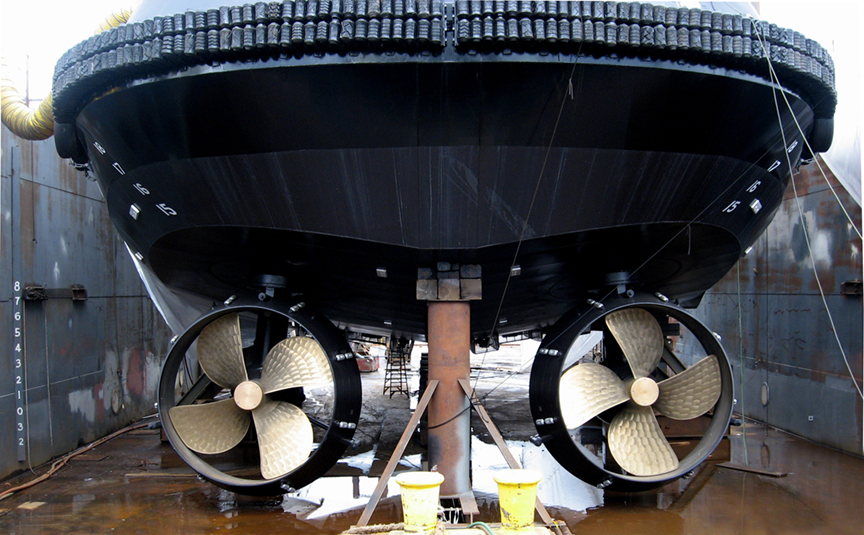By Peter Marsh The Pacific Northwest has been the center for tug construction on the West Coast for at least the last 40 years, during which the azimuth stern drive (ASD) and the use of computer-aided lofting and cutting have revolutionized the way tugs are built and used. This has had the effect of allowing a typical ASD tug to become a multi-purpose craft: able to handle both ship-handling, escort and short hauling assignments with only slight additions to the deck gear. Today, naval architects are able to take their well-tested hull shapes and modify accommodation and machinery layouts using…
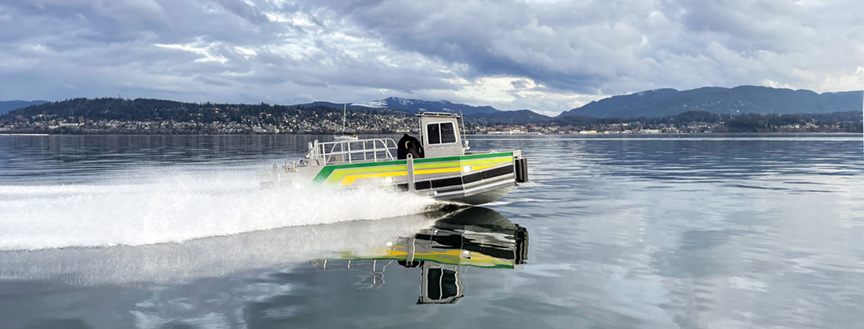
By Peter Marsh Munson Builds High-Speed Skimmer for Oil Spill Contractor Located 400 miles north of Fairbanks on Alaska’s north slope, Prudhoe Bay, Alaska is home to the largest oil field in North America. The regional oil spill response contractor, Alaska Clean Seas, maintains about 60 miles of oil containment boom and more than 100 specialized response vessels. The latest of these vessels is the 48-foot x 16-foot Pt. McIntyre, a Munson purpose-built oil aluminum skimmer designed to operate in the harsh environment above the Arctic Circle. It is based on a standard landing craft hull that company founder Bill…
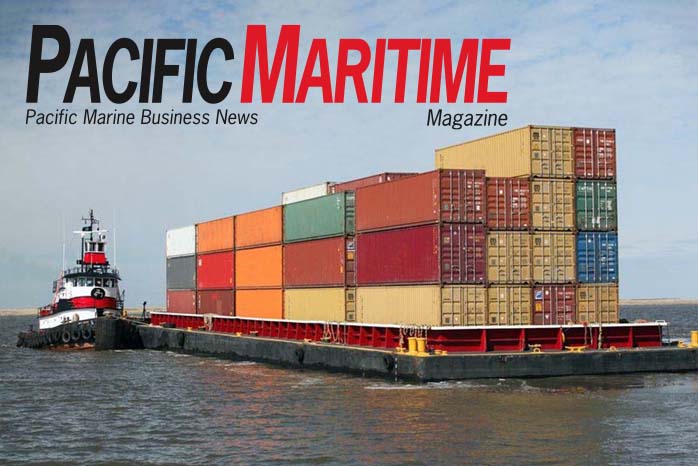
By Sean Caughlan and Matt von Ruden With a capacity of 2,499 passengers and 202 vehicles, the m/v Tacoma, m/v Wenatchee and m/v Puyallup are the largest of the 21 vessels in the Washington State Ferries fleet. These diesel-electric Jumbo Mark II class ferries, which were built in Seattle and entered service between 1997 and 1999, have provided reliable service on the Seattle–Bainbridge Island and Edmonds–Kingston routes for over 20 years. However, as the largest consumers of diesel in the WSF fleet, they also come with a hefty operational cost and environmental footprint. Over the last decade, WSF has explored…
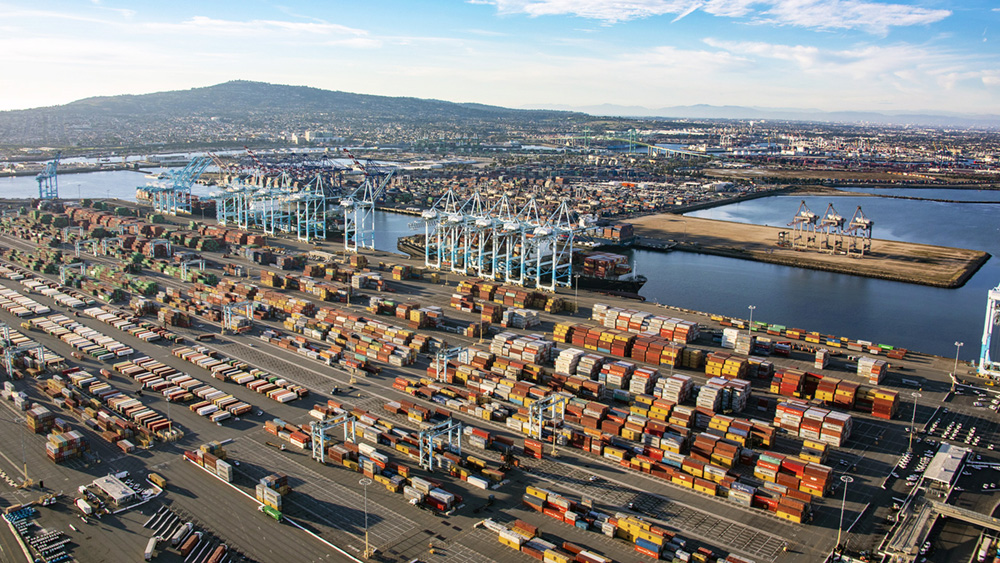
But as negotiations continue, major ports aren’t waiting to be approved for federal funding. They’re already engaged in, and/or are planning projects to improve their infrastructures in order to become or remain capable of handling the largest ships bringing consumer goods to the U.S. from Asia. Pacific Maritime Magazine surveyed most of the largest ports on the West Coast about their projects, and here’s what they said. Port of Long Beach In an interview with Pacific Maritime, Port Executive Director Mario Cordero touted two recently completed infrastructure projects that he said have already helped increase productivity and reduce port congestion.…
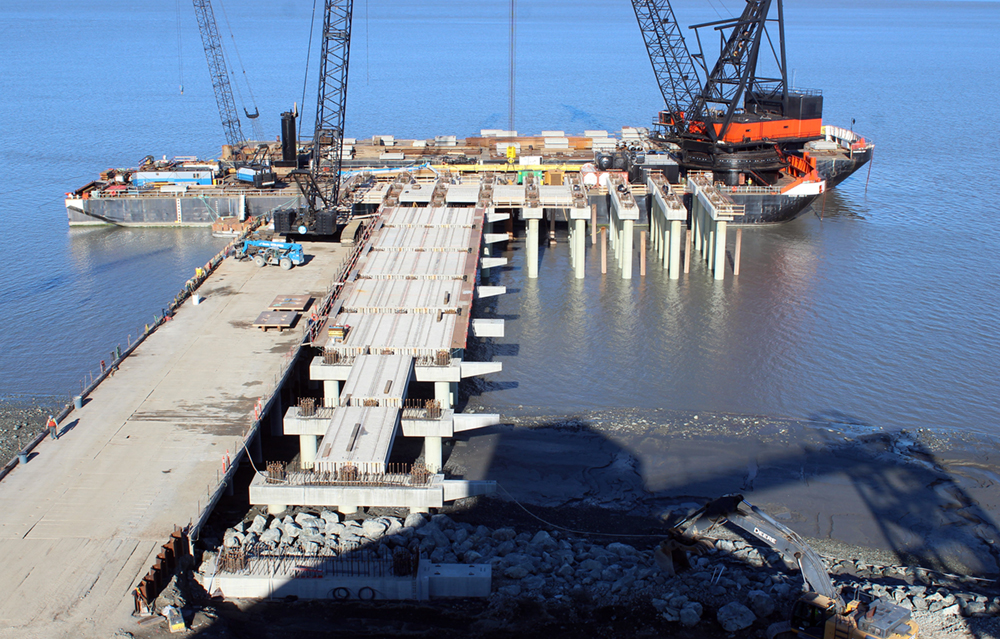
Port of Alaska officials in Anchorage say they expect construction to be complete and initial operations underway by late fall on the new multi-million-dollar Petroleum and Cement Terminal (PCT). The project, contracted to Seattle firm Pacific Pile and Marine (PPM), is the first phase of the Port of Alaska Modernization Program. The project involves replacement of the Petroleum Oil Lubricants Terminal (POL 1), open since 1965, which is severely corroded and suffered significant structural damage during the magnitude 7.1 earthquake that occurred in the Anchorage area in November, 2018. Port officials said that once the new POL 1 terminal is…
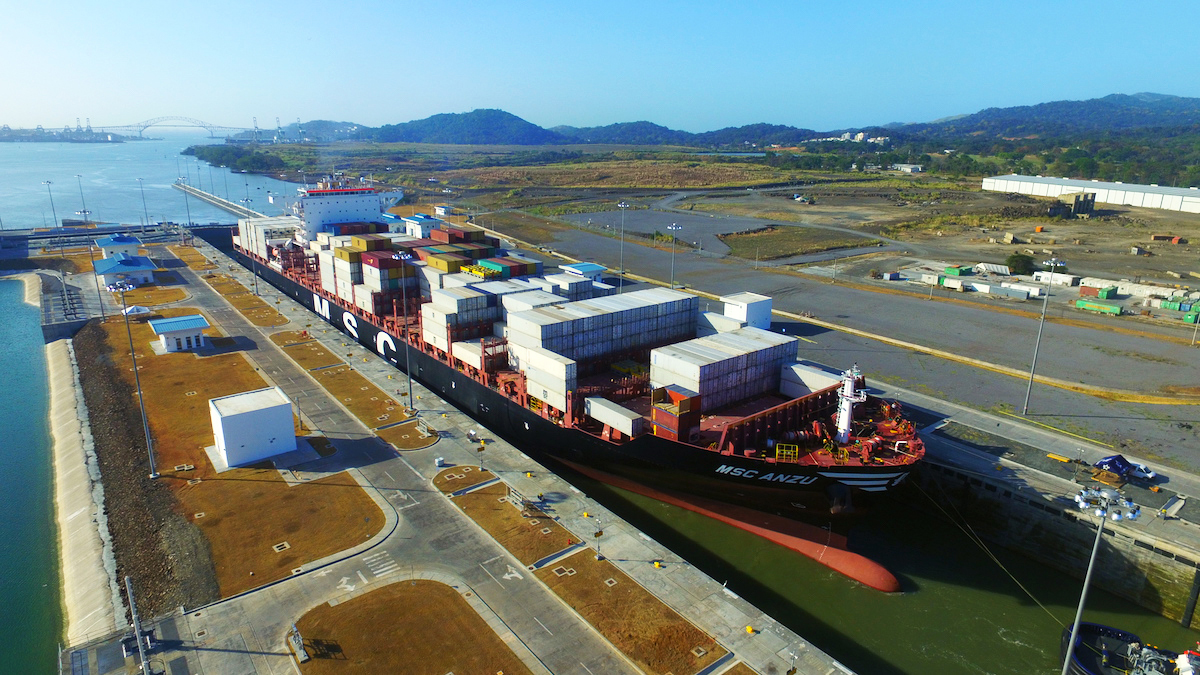
On the East Asia–North America shipping circuit, three major route options are open for companies moving cargo to America’s busiest cities via the intermodal system of ship, road and rail. These options include sailing to the North American West Coast; sailing through the Suez Canal to the North American East Coast; or sailing to the East Coast via the Panama Canal. A variety of factors influence what choice a maritime company will make: the origin of the cargo and its destination; the type of cargo being shipped; and the state of labor relations in the major gateways are all common…
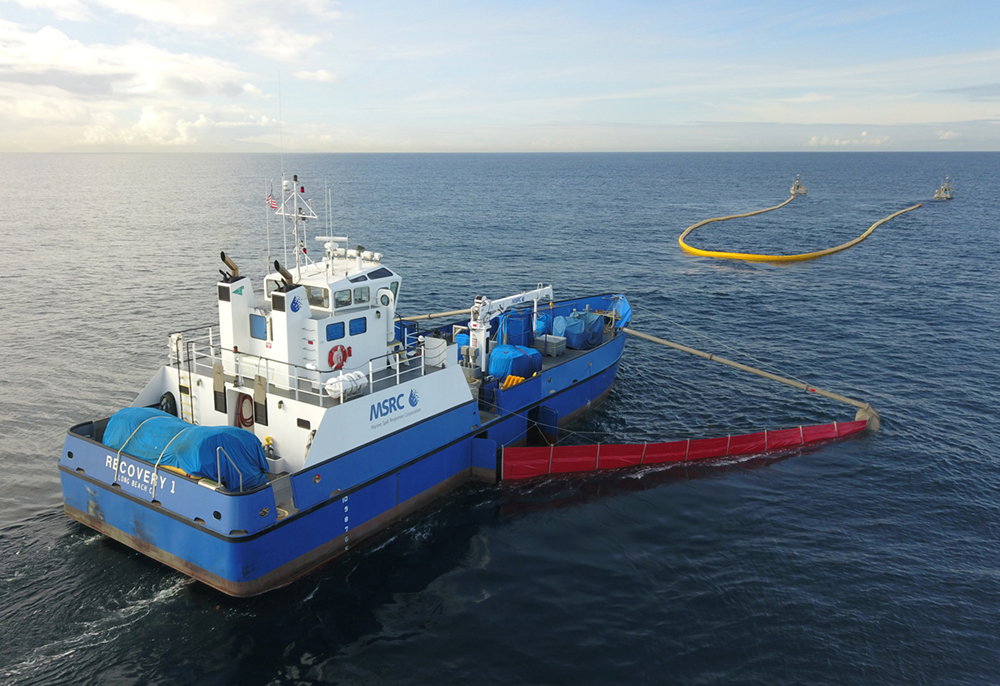
The COVID-19 pandemic slowed some aspects of the commercial maritime industry in 2020, particularly in the early months of the coronavirus’ emergence. But less than a year later, much of the industry returned to business as usual. In addition to that degree of normalcy, an unfortunate byproduct of maritime operations has also returned – spills of oil and other substances from commercial vessels. But since COVID hasn’t completely disappeared, responders to such spills have to take an even more measured approach to how they handle such situations. Pacific Maritime spoke with a number of spill response industry professionals about various…
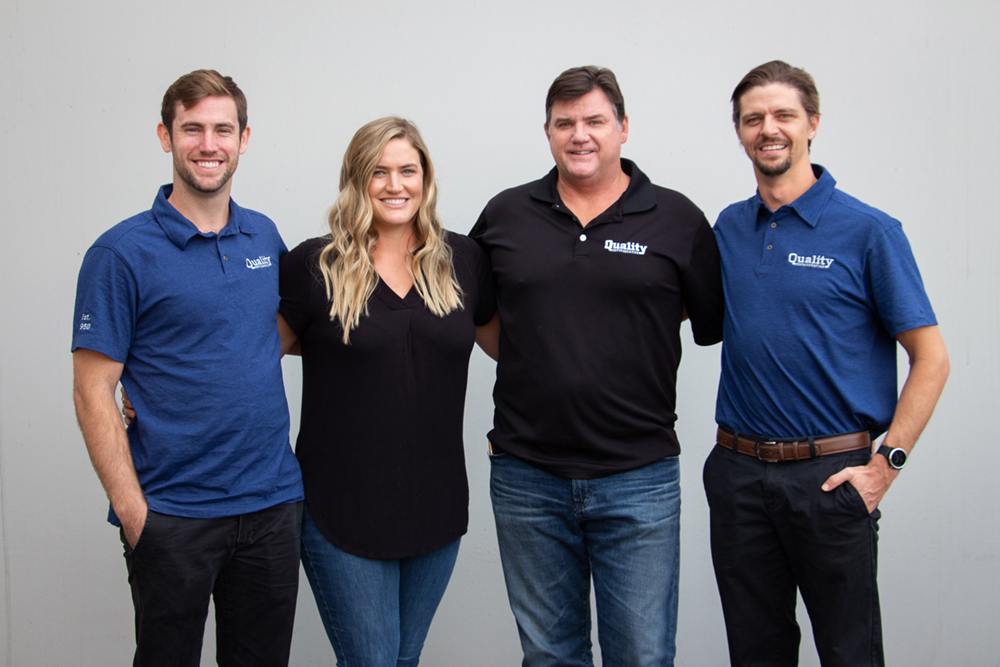
By Karen Robes Meeks Seventy years ago, Jack Appelt used his refrigeration know-how to build a family business that could support the burgeoning demand for refrigeration services in cargo ships, the U.S. Navy and surrounding commercial markets in the Los Angeles Harbor area. Today, the business that Appelt built, Quality Refrigeration, celebrates seven decades as a go-to service company for marine and commercial HVACR systems for cargo ships, cruise lines, offshore oil platforms, industrial and commercial markets. It boasts one of the largest inventories of certified marine parts in stock on the West Coast. The business also remains a family…

